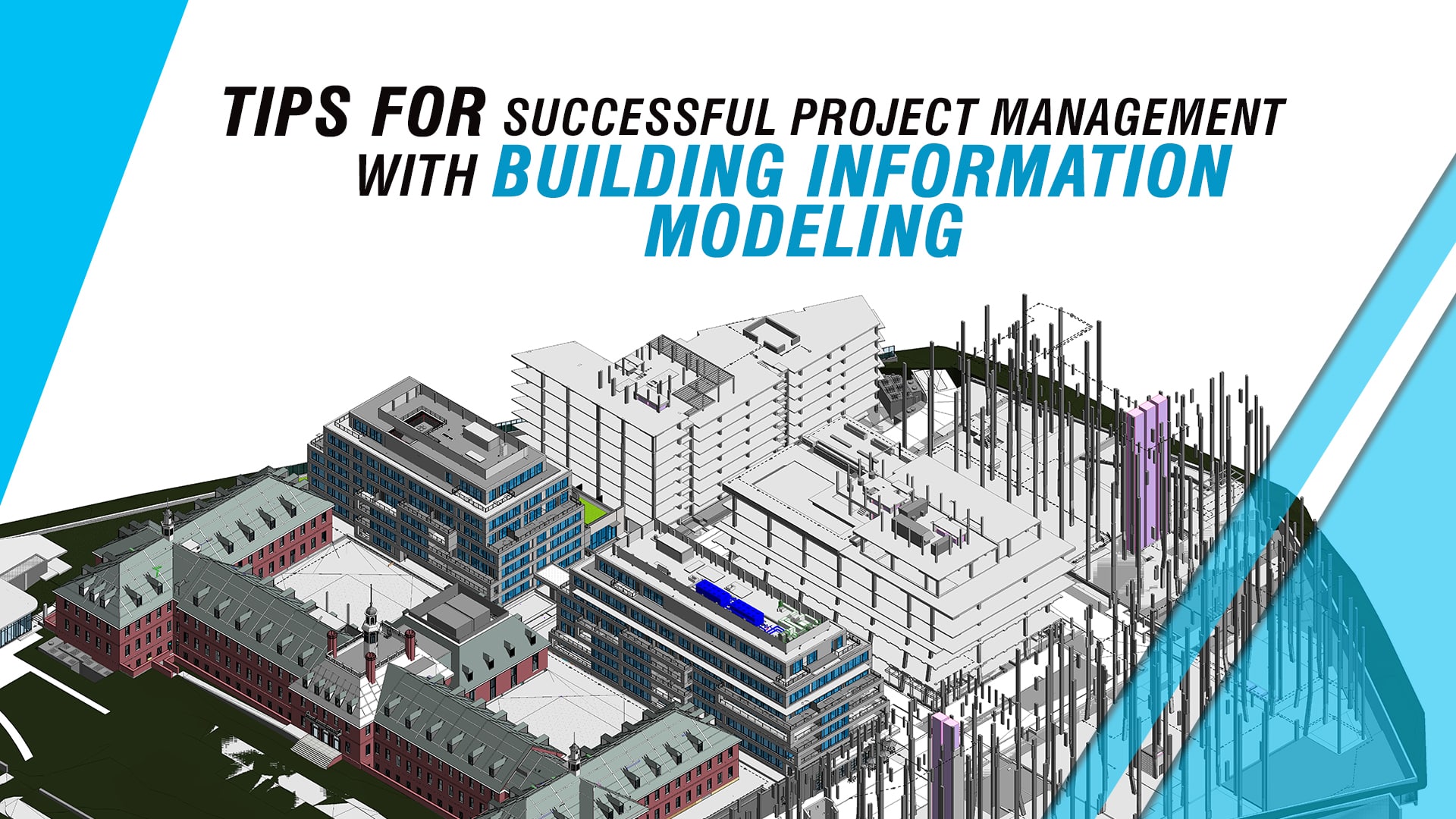Tips for Successful Project Management with Building Information Modeling
10 pointers to help you use BIM effectively in project management

In recent years, building information modeling has acquired widespread recognition as a design tool in the architecture, engineering and construction (AEC) business. However, its value in project management is less widely understood. BIM gives project managers the tools to eliminate errors, better manage teams and design and yet make realistic budgets and deadlines. Further, the technique improves the client experience and extends future business chances for both repeat and new clients.
Here are 10 pointers to help you use BIM effectively in project management:
1. BIM is a sport played in groups - The greatest impact of Building Information Modeling is the new degree of collaboration it enables. The project crew as a whole must be on board.
2. Reconsider everything - Think of BIM as more than just another technique to do what you've always done. Consider how BIM clash coordination, communication, and calculating capabilities can improve each phase of your process.
3. Begin with small steps - Start with one project as a trial balloon if you're new to BIM as a project manager. Learn from your successes as well as your failures. Keep track of what you've learnt so you may share it with others at your company.
4. Data along with format equals deliverables - Knowing what information your team is supposed to give isn't enough with BIM. Since we're talking about data, you should also be aware of the formats in which each sort of data is required.
5. A well-thought-out BIM Implementation Plan is critical - This plan outlines how each team member will utilize BIM, as well as who is accountable for which sections of the model, what information each team member will need from others, and how the information will be communicated. Since it tackles elements that affect your costs and schedule, it should ideally be prepared as a part of the proposal preparation process.
6. BIM templates help you save time and get better outcomes - A BIM template is the file that you use to begin a BIM project. Even before the project begins, it might include a wealth of information about the undertaking. It should include the project's layers or levels, the standard BIM objects or Revit Families your team will use, basic model views, graphic standards, and sheet layouts, at a minimum.
7. Take a look under the hood - To get the most out of BIM, you don't need to be a computer programmer; nevertheless, you do need to grasp the software's capabilities and adapt them to your individual needs.
8. Consider client's perspective – Building Information Modeling gives you a lot of options to improve client experience by involving them more in the project. With the frequent update, graphics to help customers comprehend the project, and undertake data analysis to demonstrate that they're getting what they need.
9. Put ideas to the test right away - Before committing to a design for further development, use BIM's analytical capabilities to examine as many design choices as possible. Third-party tools and plug-ins can assist extend these capabilities.
10. Keep your contacts up to date - New contracts are required for BIM-based projects to accommodate the many benchmarks and deliverables involved. Starting with the AIA E-Series Documents is an excellent idea.
To know more tips about successful project management, get in touch with Tejjy BIM Service Provider in USA at 202-465-4830 or [email protected].
Source: https://www.tejjy.com/
+ Post an article












